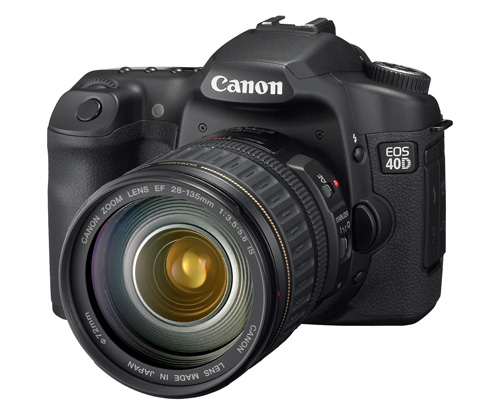Types of Cameras
There is good and bad to every type of camera. For this quick reference I will give a brief explanation on the types of camera you will probably be choosing from. For simplicity I will be using the terms "point and shoot" and "compact" interchangeably, even though you can achieve point and shoot capabilities from your DSLR or DSLR like camera.Compact or Point-and-Shoot Cameras -
 These are usually small compact cameras that you can put in your pocket or purse. They are most communally used for vacation, tourist photos, my space, or just capturing fun events with your friends. These cameras are by fare the easiest to use and with the increase in quality in these cameras and their megapixel you can achieve some great quality photos. These cameras are good for hiking because you and through it in you backpack or pocket and not add a lot of weight and bulk to the stuff you take.
These are usually small compact cameras that you can put in your pocket or purse. They are most communally used for vacation, tourist photos, my space, or just capturing fun events with your friends. These cameras are by fare the easiest to use and with the increase in quality in these cameras and their megapixel you can achieve some great quality photos. These cameras are good for hiking because you and through it in you backpack or pocket and not add a lot of weight and bulk to the stuff you take. The downside to these cameras is that they don't usually have many settings you can choose from or customize. The also usually have very small optical zooms, usually 3x or less, and you can't add different lenses to achieve the photo you want. Something to look for in these cameras is the optical zoom - don't be fooled by it saying you have a digital zoom of 10x! You will be unhappy with many of your photos if you use digital zoom, instead look for a camera with a large optical zoom. These cameras often will give you under exposed photos is poor light conditions and there aren't any external attachments you can add to them like external flash, filters, remotes, etc.
DSLR like cameras -
 These cameras are usually meant for someone who wants something between a compact camera and a DSLR. These cameras have many settings, which makes them more complicated then a point and shoot camera. They also usually have larger optical zooms than the compact cameras. These cameras can come in wide range of megapixel so choose one that meets your needs.
These cameras are usually meant for someone who wants something between a compact camera and a DSLR. These cameras have many settings, which makes them more complicated then a point and shoot camera. They also usually have larger optical zooms than the compact cameras. These cameras can come in wide range of megapixel so choose one that meets your needs. These cameras can be a good in-between if you do a lot of hiking and hanging out with your friends because it's not as big as a DSLR. A DSLR-like camera can also be good if you take pictures where you need to zoom in a lot - make sure you get one with a large zoom. The downside to these is you cannot change out the lenses or add filters like in the DSLR cameras. You are usually stuck to just the settings that come with the camera. These cameras often will give you better exposure when light conditions are poor.
DSLR (Digital Single Lens Reflex) Cameras -

In a true DSLR camera you have reflex mirror. When you take you a picture, the mirror flips up and allows the photo to be taken. These cameras offer the most customizable options and creativity for photography. Most of them allow you to put all the attachments on them (like external flashes, lenses, filters, etc.), but always check with the camera - don't just assume. The biggest downside to these cameras is their size and weight, not to mention cost!
Most students in this photography class will be using a point-and-shoot camera. Take a moment to figure which type of camera you have!
Last modified: Tuesday, May 31, 2011, 8:17 PM